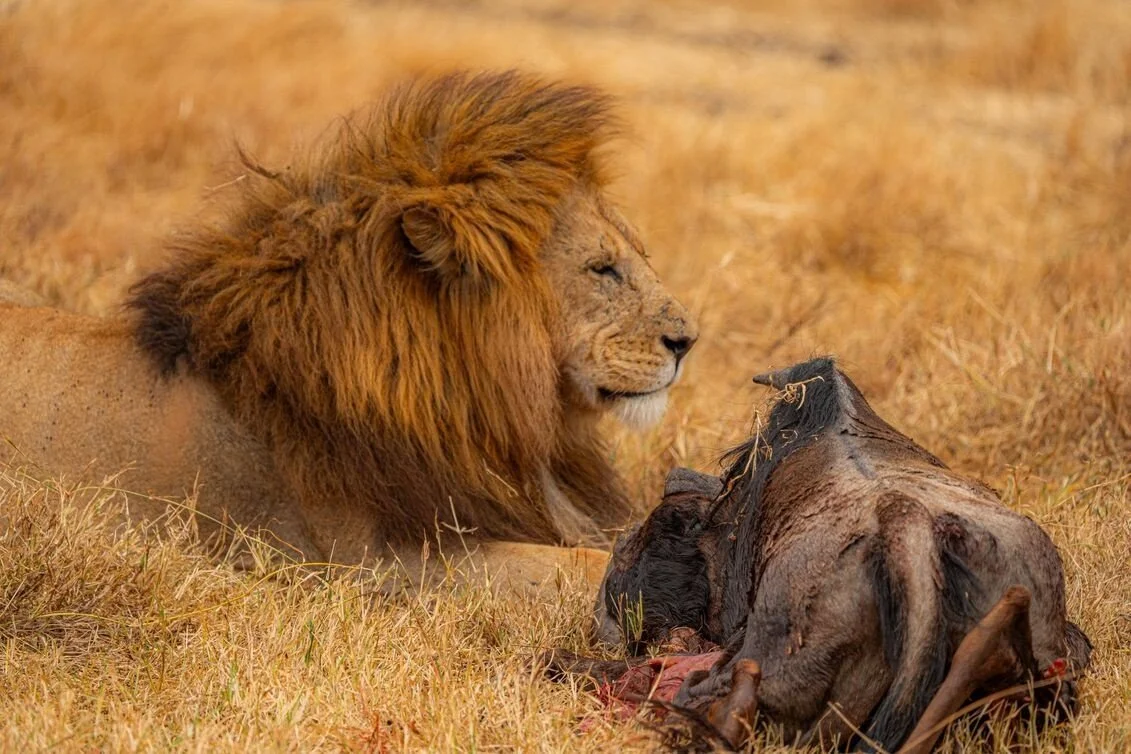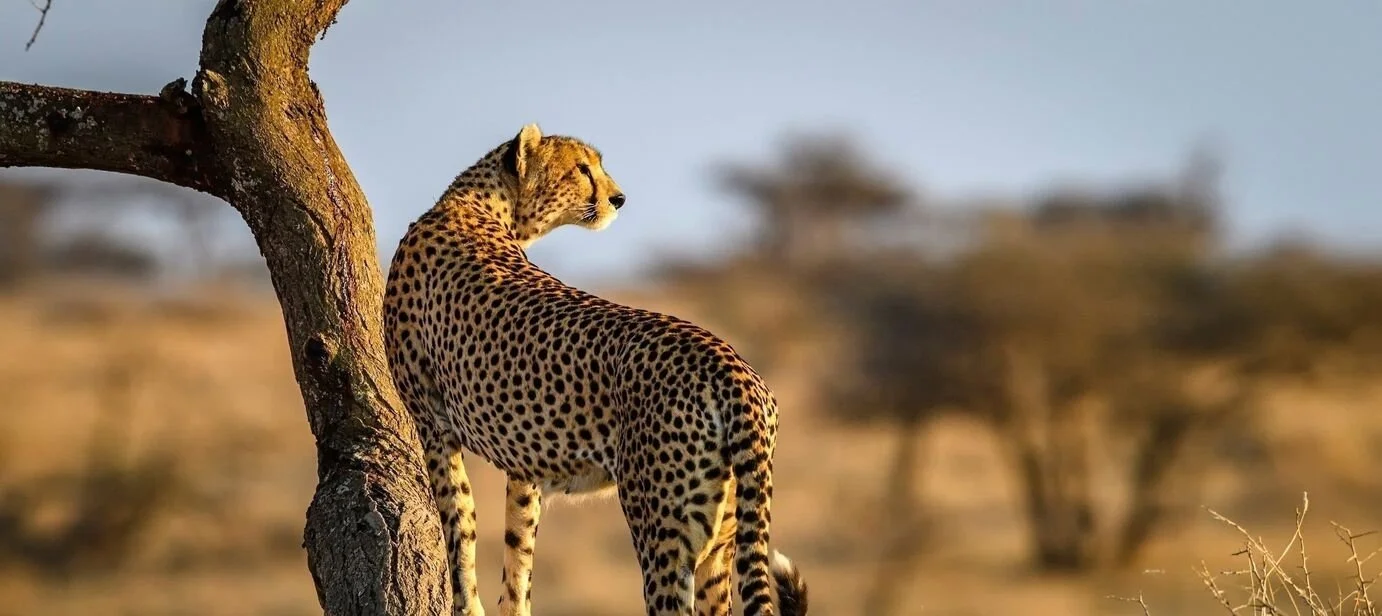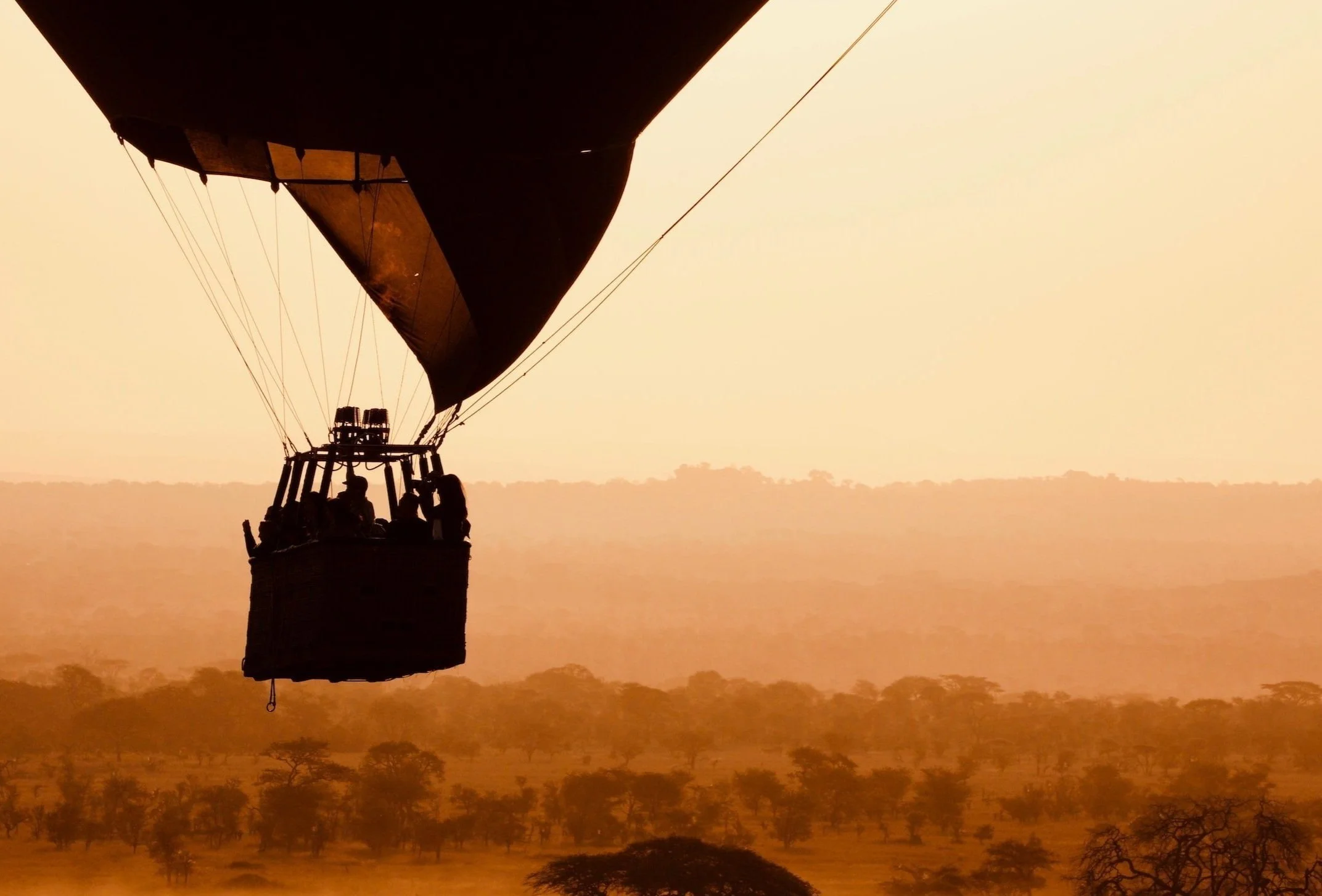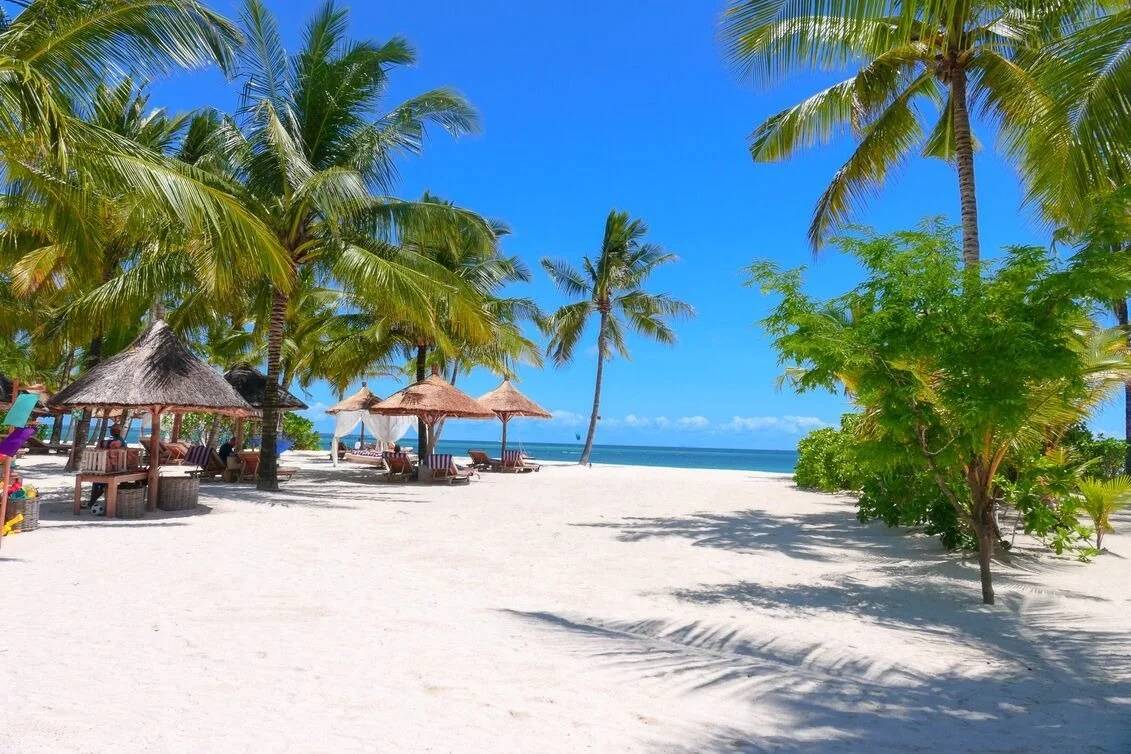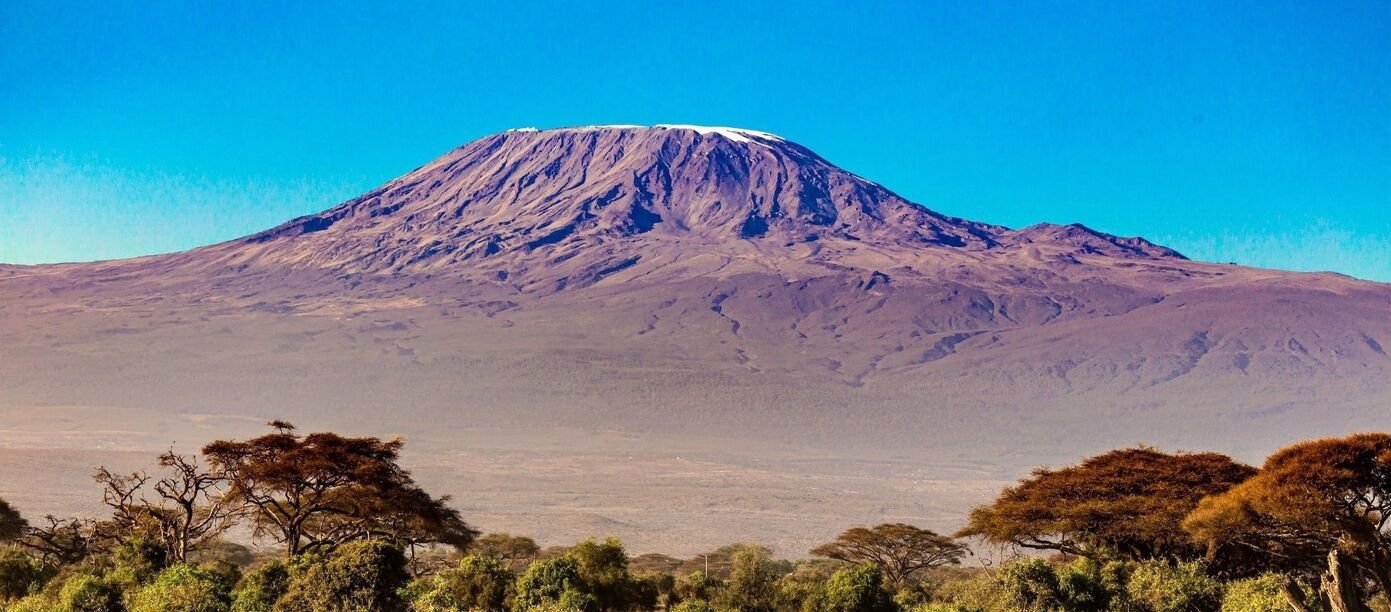
Best Kilimanjaro Trekking & Tour Packages
Experience Unforgettable Adventures with Our Mount Kilimanjaro Trekking Tours
Located in Tanzania, Africa, Mount Kilimanjaro is a majestic dormant volcano and is the highest peak in Africa, rising 5,895 meters (19,341 feet) above sea level. It is made up of three distinct volcanic cones, namely Kibo, Mawenzi, and Shira, each offering unique climbing experiences for adventure-seekers.
Ascending the iconic summit of Mount Kilimanjaro is a bucket list activity for many hikers and mountaineers. It is considered a challenging climb but is popular among outdoor enthusiasts from all over the world. The climb offers stunning views of the surrounding landscape and is sure to leave a lasting impression. Kilimanjaro is also one of the Seven Summits, adding to its allure as a must-do climb for many experienced climbers.
Before embarking on your Mount Kilimanjaro trekking tour, it's crucial to understand the mountain's climate, which varies significantly depending on altitude and season. Kilimanjaro experiences several distinct climate zones, ranging from tropical rainforest at the base to arctic conditions near the summit. The mountain's proximity to the equator means that temperatures remain relatively mild year-round, but conditions can change rapidly, especially at higher elevations.
Exploring the Routes
As you plan your Kilimanjaro ascent, it's crucial to choose the right route tailored to your preferences, experience, and fitness level. Kilimanjaro offers several routes, each presenting its unique challenges, landscapes, and experiences. As one of the best Kilimanjaro tour operators, we will dive into the details of each route to help you make an informed decision and ensure a memorable climb to Africa's highest peak.
-
Often referred to as the "Coca-Cola" route, the Marangu Route is the oldest and most well-established path to the summit of Kilimanjaro. This route typically takes 5-6 days to complete and is known for its more gradual ascent compared to other routes.
Trekkers are accommodated in sleeping huts along the way, offering a unique and comfortable experience. The scenery along the Marangu Route is varied, ranging from dense rainforests to barren alpine deserts, with stunning views of the surrounding landscape. However, due to its popularity and shorter duration, the Marangu Route can be quite crowded, especially during peak season.
-
The Machame Route, known as the "Whiskey" route, is one of the most popular options for climbers seeking a challenging yet rewarding ascent of Kilimanjaro.
Over the course of 6-7 days, trekkers navigate through diverse landscapes, including lush rainforests, expansive heathlands, and barren alpine deserts. The route offers stunning panoramic views from the Lava Tower and presents climbers with the exhilarating challenge of scaling the imposing Barranco Wall.
With its longer duration, the Machame Route provides ample time for acclimatization, increasing the chances of a successful summit bid. However, its popularity means that the trail can be quite crowded, especially during peak seasons.
-
The Northern Circuit Route is the longest and most scenic route to the summit of Kilimanjaro, offering trekkers unparalleled acclimatization opportunities and panoramic views of the surrounding landscape. This route typically takes 9-10 days to complete and traverses a wide range of ecosystems, including lush rainforests, expansive moorlands, barren alpine deserts, and the arctic zone near the summit.
Highlights along the Northern Circuit Route include stunning views of the northern slopes of Kilimanjaro, excellent acclimatization opportunities, and the chance to summit via either Gilman's Point or Uhuru Peak. Despite its longer duration, the Northern Circuit Route tends to be less crowded than other routes, making it ideal for those seeking a more remote and tranquil wilderness experience.
-
The Lemosho Route is renowned for its stunning scenery and remote wilderness experience. This route typically takes 7-8 days to complete and offers trekkers the opportunity to traverse a wide range of ecosystems, including lush rainforests, expansive heathlands, and rugged alpine deserts.
Highlights along the Lemosho Route include breathtaking views of the Western Breach and the challenging climb up the Barranco Wall.
With its longer duration, the Lemosho Route provides excellent acclimatization opportunities, increasing the chances of a successful summit bid. Despite its popularity, the Lemosho Route tends to be less crowded than other routes, making it a favorite among many climbers.
-
The Rongai Route offers a unique perspective of Kilimanjaro from the north and is known for its quieter trails and stunning scenery. This route typically takes 6-7 days to complete and traverses a variety of landscapes, including lush rainforests, rolling moorlands, and barren alpine deserts.
Trekkers on the Rongai Route enjoy spectacular views of the surrounding landscape and have the opportunity to summit via Gilman's Point or Uhuru Peak. With its moderate difficulty level and quieter trails, the Rongai Route offers a more tranquil and remote wilderness experience compared to other routes.

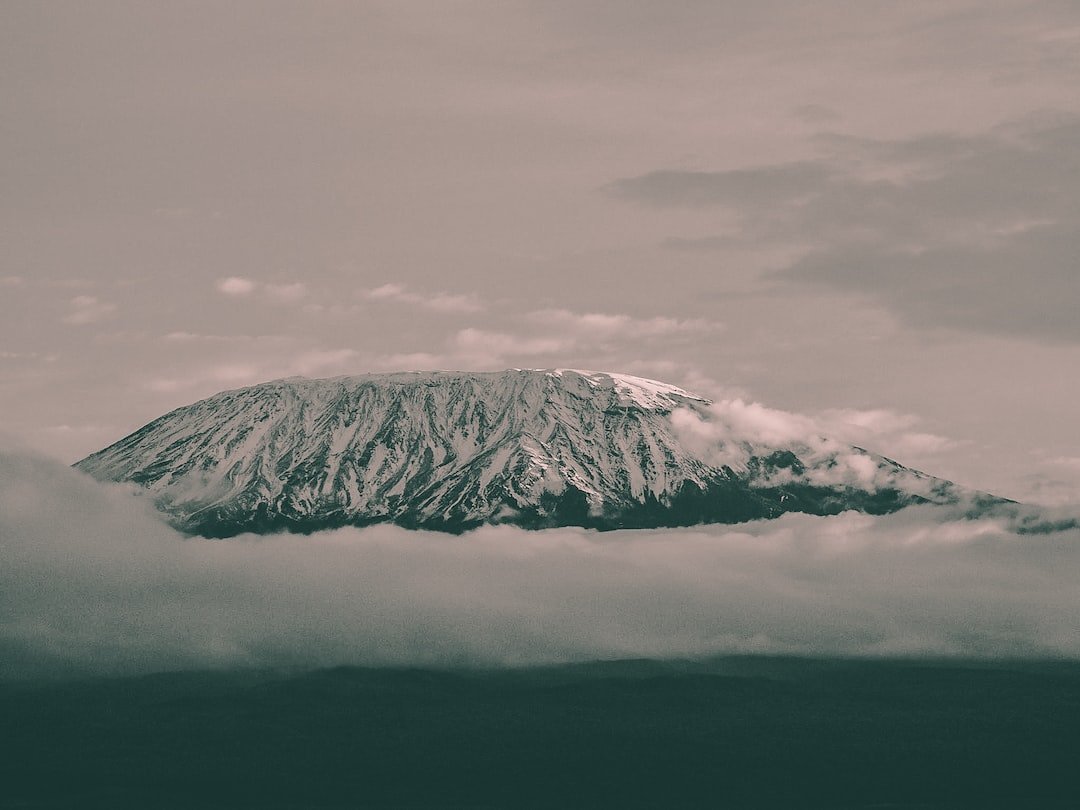
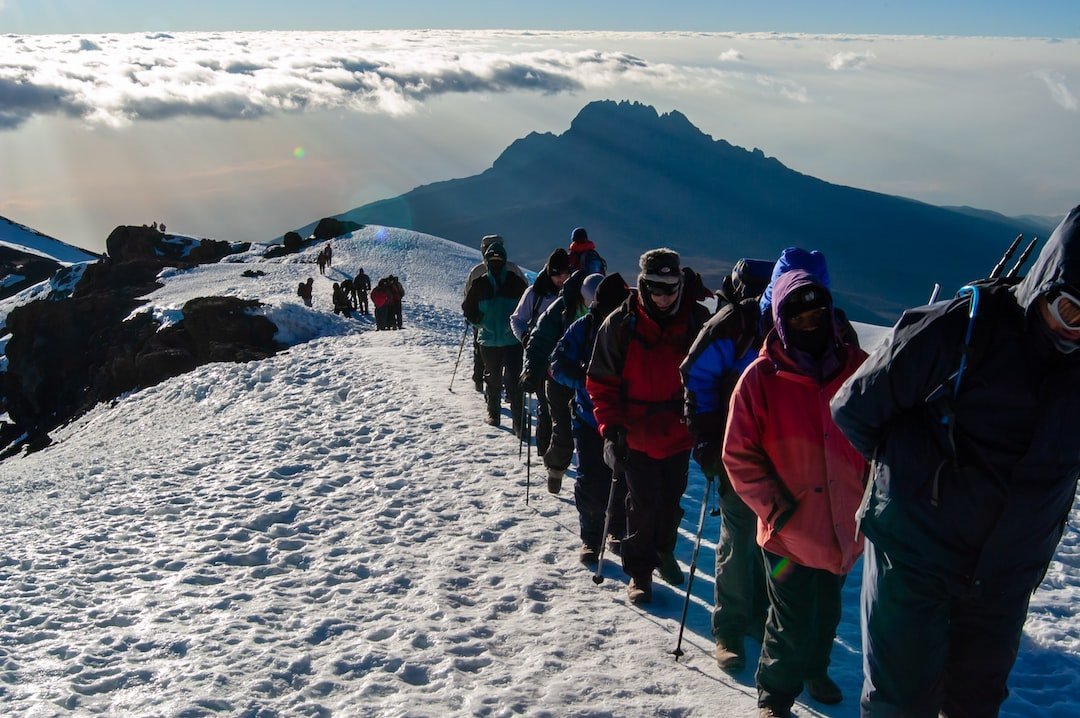
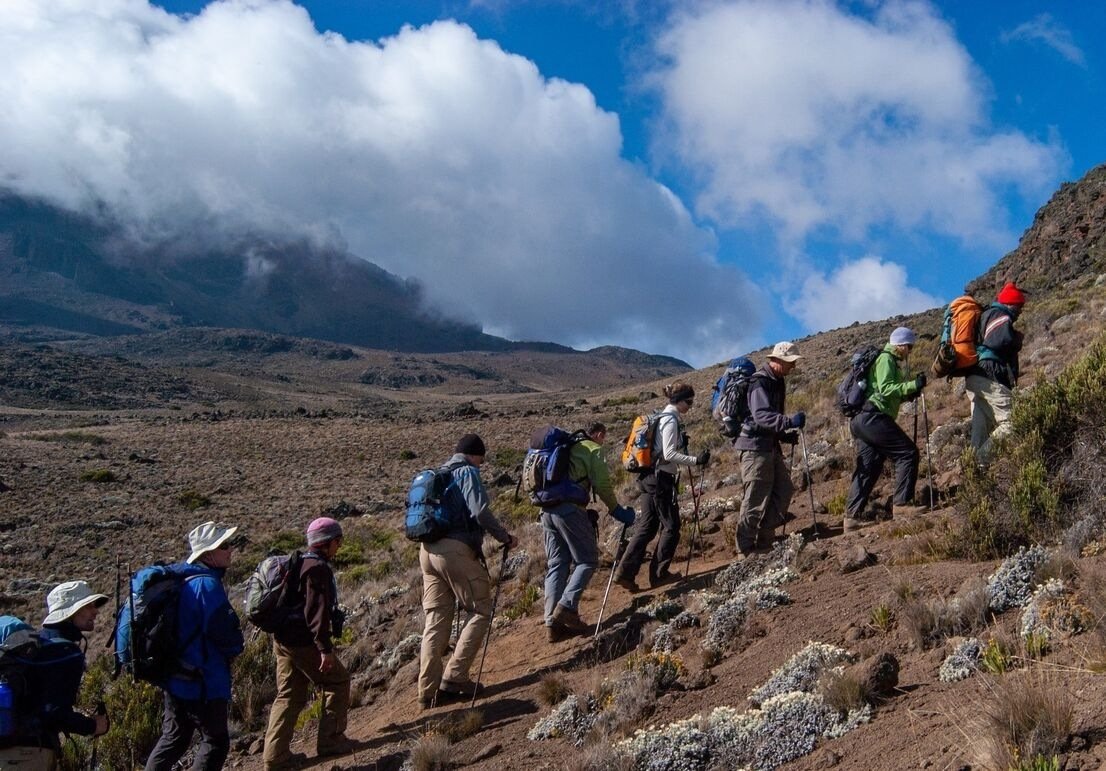
What’s Included In Our Mount Kilimanjaro Tour Packages?
All-inclusive packages covering taxes, VAT, park fees, camping, and rescue charges.
Experienced English-speaking guides provided at minimum ratios by KINAPA.
Personal luggage allowance of 15kg per person, carried by dedicated luggage porters.
Specialist tent crew to set up and service campsites.
Monitoring by Kilimanjaro Porters Assistance Project and Kilimanjaro Responsible Tourism Organization for fair treatment standards.
Trained mountain cook and waiter to prepare meals, catering to various dietary preferences.
Pre-climb briefing and equipment check with guides.
Transfers to and from Moshi or Arusha to park gates included.
Boiled drinking water provided from the first camp onward.
Emergency oxygen and first aid kit available.
Twice daily health checks and medical oximeter provided.
Handwashing stations and personal washbasins at campsites.
Shared public toilet facilities available.
Four-season tent, chairs, tables, and dining tent provided for camping routes.
Certificate from Kilimanjaro National Park upon reaching designated points on the climb.
What’s Not Included In Our Mount Kilimanjaro Tour Packages?
Tips/gratuities are not included in the package.
Beverages, including soft drinks and alcohol, are not provided.
International flights to and from Kilimanjaro are not included.
Travel insurance is not included; it is recommended to purchase comprehensive coverage.
Visa fees for entry into Tanzania are not included.
Personal items such as souvenirs are not covered.
Pre and post-climb accommodation arrangements are not included as standard; these are an add-on.
Additional crew or mountain staff on above the minimum ratios
Personal rental mountain equipment (these can be sourced locally or arranged through preferred rental providers.)
Our Advice For Successful Mount Kilimanjaro Trekking Tours
-
Kilimanjaro’s summit success rate can be up to and over 85%.
This is dependent on the chosen route and the number of days. depending on the route chosen. In simple, the more days you allow yourself, the higher the probability of success as your body has more time to adapt and acclimatize.
-
The time it will take will depend on the chosen route for your Mount Kilimanjaro trekking tour. However, typically a Kilimanjaro climb will take anywhere between five to nine days. Adding a few more days is often advisable to help with acclimatization transition. On average, seven days is usually enough for most climbers.
-
The weather on Mt Kilimanjaro varies based on the season. In the summer months, you can expect it to be mostly dry and warmer (although the nights may still be a little chilly). Spring and autumn through early winter are rainy, and middle and late winter is sunny, hot and dry.
-
The most popular times to climb Mt Kilimanjaro are between mid January to mid March. This is because the of the pleasant weather being neither too hot, too cold or too wet.
December - January
Given the Christmas and New Years breaks this is the second busiest climbing season so expect many other climbers as well as rain and thick clouds at the lower altitudes.
April-May
This is one of the least busy times of the year as this is where Tanzania experiences its coldest and wettest months.
June
By June the rains start to gradually decrease making the weather drier, brighter and clearer in these months. Because of the changing weather and still little amount of climbers June is a great time to climb.
July - September
The numbers of climbers increase coming into July with August to September being the peak climbing season. The weather is clear and warm and sunny,
October
The weather is still fairly good in October with less numbers of climbers making it still a very good time to climb the mountain.
November
This is not the best month in terms of weather as Tanzania enter the “short” rainy season. The temperatures will drop and you will experience mist cover as you climb making it a little more difficult but challenging.
-
Kilimanjaro is a mountain that can be climbed by people with varying levels of fitness and experience. With adequate physical preparation and training, even those with limited trekking experience can reach the summit. For fitter and more active individuals, or those who enjoy hiking, the climb poses no major difficulties. However, it is still important to take the necessary precautions and follow the advice of experienced guides to ensure a safe and enjoyable climb.
Ascending Mount Kilimanjaro requires climbers to carry their personal gear and equipment up steep and uneven terrain for several hours each day. Climbers also need to be mindful of altitude-related illnesses such as altitude sickness, which can be serious.
If you can fairly easily walk 15 km per day, you will be able to comfortably venture up Mt Kilimanjaro adventure.
-
If you can fairly easily walk 15 km per day, you will be able to comfortably venture up Mt Kilimanjaro adventure as it does not require any specialist mountaineering skills.
For those who don’t regularly exercise you should start training 2-4 months before your Kilimanjaro experience (whilst scheduling appropriate rest and recovery periods as required).
Example Training Activities:
Countryside hiking trips
Outdoor walking
Walking/Jogging/Running on a treadmill
Cycling
Swimming
-
Documents:
Passport: A valid Passport with an expiry date of at least 6 months or more
Visa: ensure you have the required visa for entry unless you are eligible for visa-on-arrival
Yellow fever vaccination: unless exempt, if you are traveling from a country with a risk of yellow fever transmission
Hiking gear - You can hire the necessary gear when you arrive in Tanzania to save you bringing it
Different types/thicknesses of Jackets
Different types/thicknesses of Trousers
Underwear including thermal underwear
Daypack / Duffle bag / Dry bag
Hiking boots
Water flask
Trekking Socks
Sunhat / Beanie / Balaclava / Neck Warmer
Sunglasses
Headlamp
Trekking Poles
Gloves
Sleeping Bag/ Sleeping Bag Liner / Pillows
Snacks
Personal medication
Cameras / Phone / Power Bank / e-Books etc
-
The minimum age to climb Kilimanjaro is 10 years old.
It is however possible to get special permission from the Tanzanian government to take children younger than 10 years old on a Kilimanjaro expedition description
-
Based on our extensive experience working with the best Kilimanjaro tour operators, we recommend going on your safari experience after your Kilimanjaro trek. This will allow you to unwind and enjoy the safari without any nervousness or stress associated with thinking about the climb whilst on safari.
Recommended For You



